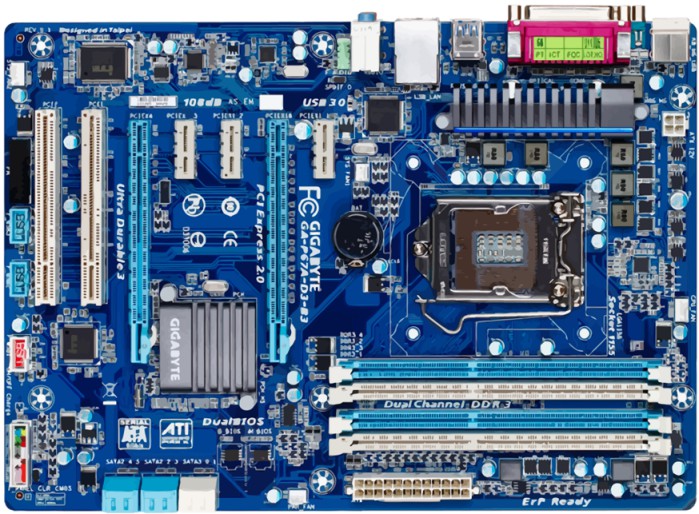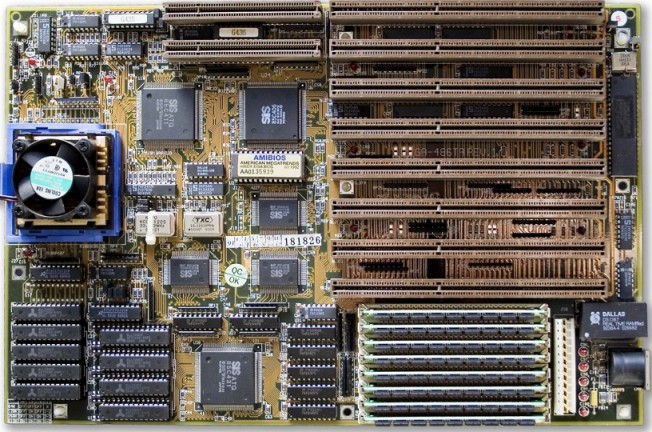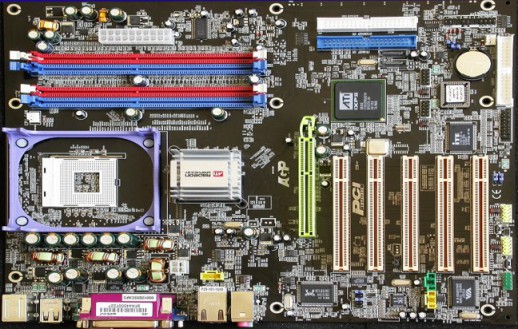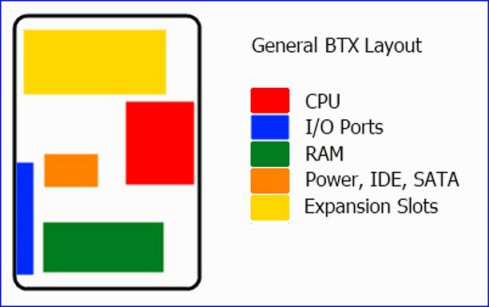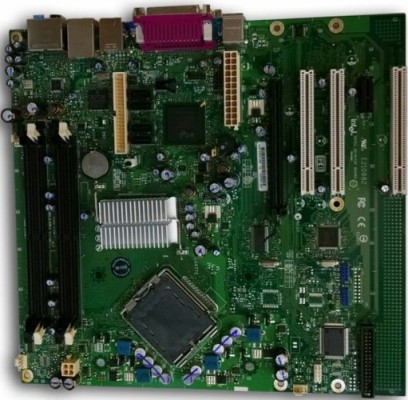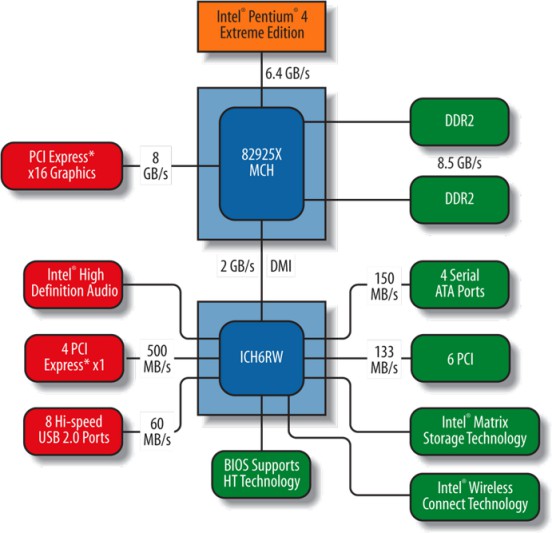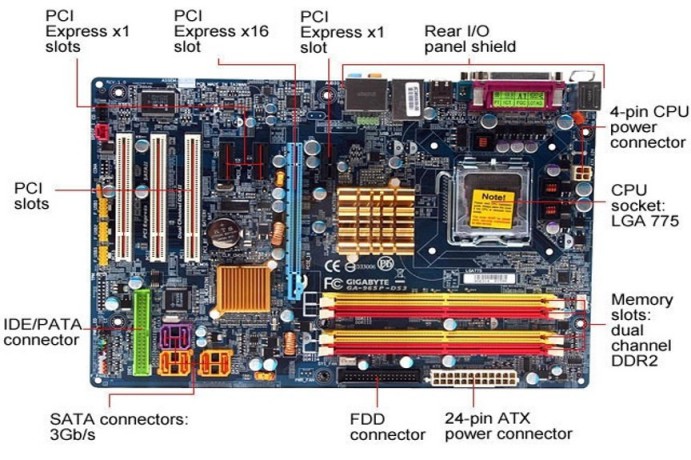The CPU is the brain of the computer, while the mainboard is the backbone. This article will introduce mainboard types and the block diagram of the mainboard.
1. Function of the mainboard
The mainboard is the primary circuit that connects all the components and peripherals in a computer. It’s also referred to as the mainboard or system board.
2. Types of Desktop mainboard
AT (Advanced Technology) mainboard: This is an older mainboard that is typically used with the Intel 486 and Intel Pentium II CPUs. It has a small size.
ATX (Advanced Technology Extended) mainboard: easily attach expansion boards and use an ATX power supply unit.
BTX (Balanced Technology Extended) mainboard: This is intended for high-end personal computers that have good cooling systems.
These types of mainboards are designed for desktop computers, while laptop computers have their own specific designs.
3. Block diagram of the mainboard
The block diagram illustrates the connections among the components found on the motherboard.
The mainboard consists of many components:
- Socket
- Chipset
- Bus system
- RAM slot
- Expansion slot
- Rear panel
- etc.
